by Steve Fisch for Stanford Medicine News Center:
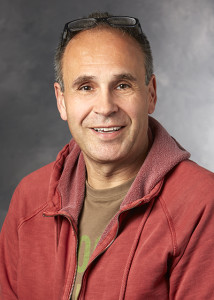
The researchers identified patterns of gene expression that may determine whether the ear’s inner pillar cells can give rise to new hair cells, which are key to hearing.
School of Medicine scientists have discovered biological mechanisms that appear to play a role in the regeneration of cells in the inner ear.
Over a lifetime, these cells often are damaged or die due to oxidative stress, excessive noise exposure or toxic drugs. The accumulated loss can significantly compromise hearing. Nearly one in four people ages 65-74, and half who are 75 or older, are candidates for hearing aids because of disabling hearing loss.
The discoveries could lead to new ways of evaluating, in animal models, experimental drug treatments intended to prevent hearing loss or restore hearing, and might even lead to methods for regenerating vital cells that have been lost, said Stefan Heller, PhD, professor of otolaryngology.
A paper describing the findings, as well as new methods to quickly link changes in cell function during development to molecular changes within cells, was published June 9 in Cell Reports. Heller is the senior author of the paper. Postdoctoral scholars Jöerg Waldhaus, PhD, and Robert Durruthy-Durruthy, PhD, share the lead authorship. Read More…

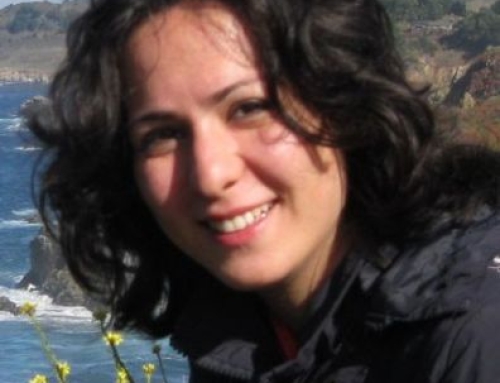
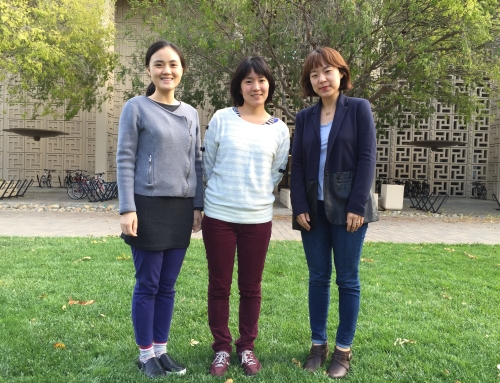
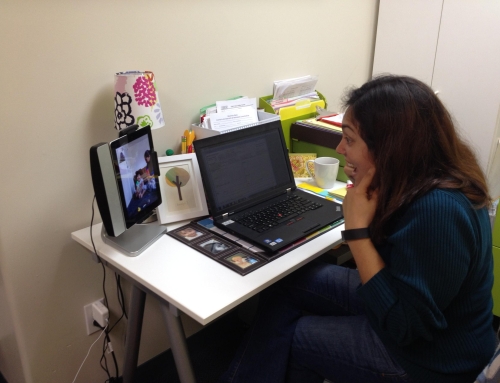
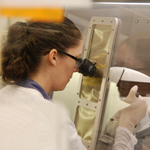

Alright! Keep at it guys.